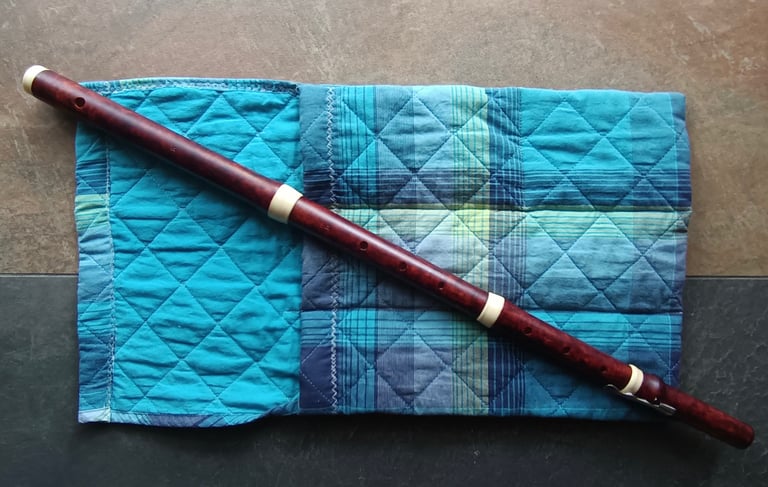Flutes
Verona Tenor Renaissance Flute
The cylindrical, keyless Renaissance flute is ideally suited for music from the late 15th to the mid-17th century.
Our tenor in D is modeled after a set of well-preserved originals from the Library of the Accademia Filarmonica in Verona, restored to playing condition by Rainer Weber in the 1970s. Using their technical drawings and measurements, we developed this model with careful attention to historical proportions.
Since the original instruments are pitched between A=407 and 410 Hz, but A=440 Hz is now the most commonly used pitch for Renaissance music, we made significant adjustments to the sounding length and bore, ensuring accurate tuning and comfortable playability at A=440, while preserving as much of the original design as possible.
Our flute is produced in two sections—a practical solution due to the length limitations of 3D printing, which also makes it particularly convenient to transport.
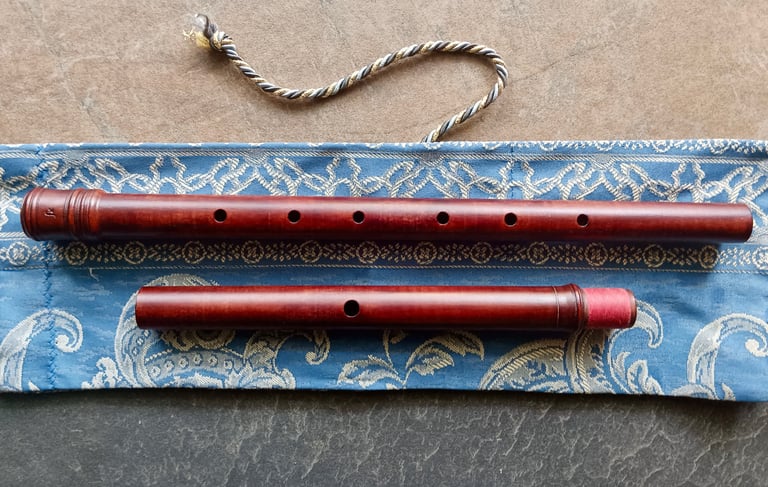

Chevalier Baroque Flute
Often referred to as “Hotteterre flutes”, three-part flutes are ideally suited for early French Baroque music by composers such as Marais, De la Barre, Philidor, and of course Hotteterre himself.
The model we reproduce was made by Chevalier around 1700 and is housed in the Museum of Fine Arts, Boston (No. 17.1846), which we reconstructed from a technical drawing.
One remarkable aspect of the original is its pitch: A=415 Hz, which aligns naturally with the standard Baroque tuning, allowing the unique sound and proportions of a three-part flute to be used without modification. We also offer a version scaled to A=392 Hz, to blend with the low-pitched instrument used sometimes in French Baroque repertoire.
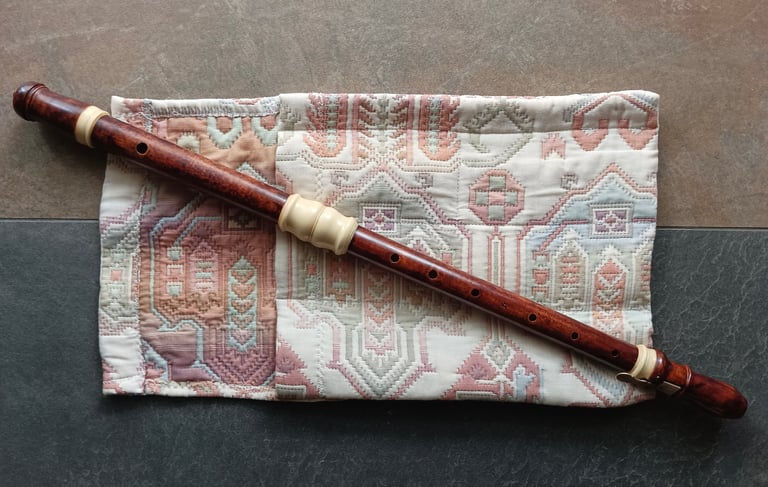

G. Castel Baroque Flute
No biographical information on Giuseppe Castel has come to light, though Inês de Avena Braga has suggested that he may have been active in Venice between 1720 and 1750—placing his instruments in the context of the vibrant musical world of Vivaldi and his contemporaries.
Our reproduction is based on an original Castel traverso, likely made around 1730 and now housed in a private collection in Italy. We documented the instrument through direct manual measurements, supplemented by a 3D optical scan of selected details, such as the undercutting of the embouchure and tone holes.
Although the original flute includes two middle joints at higher pitch, our version has been scaled to A=415 Hz, making it compatible with the standard pitch for most Baroque repertoire.
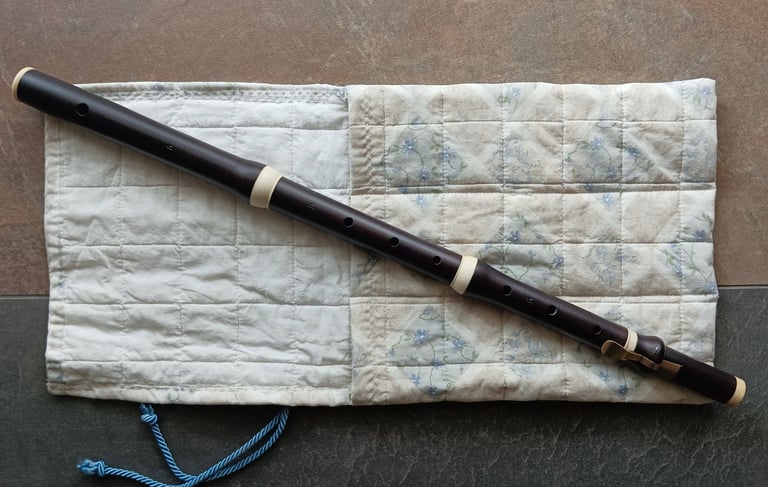

G. A. Rottenburgh Baroque Flute
The traverso by Godfridus Adrianus Rottenburgh (Brussels, ca. 1760) now part of Barthold Kuijken’s collection is a legendary instrument in the history of the Early Music Movement. Renowned for its agility, powerful tone, and reliable intonation, it has become one of the most copied models in the revival of the 1-keyed flute, and remains a favourite for both Baroque and early Classical repertoire.
As part of a research project, we were able to CT-scan the original instrument, allowing us to develop a highly accurate 3D model that reflects even the smallest structural details. The standard version includes both screw cap and foot register, as in the original; we also offer a simplified student model without these features.
We typically produce the instrument with middle joint No. 5 at the original tuning of A=415 Hz. Middle joint No. 2 (A=392 Hz) is also available, and we offer a scaled version (6% smaller) of the entire flute with middle joint No. 5 at A=440 Hz, carefully preserving the proportions and acoustical character of the original at modern pitch.
You can listen to it here.
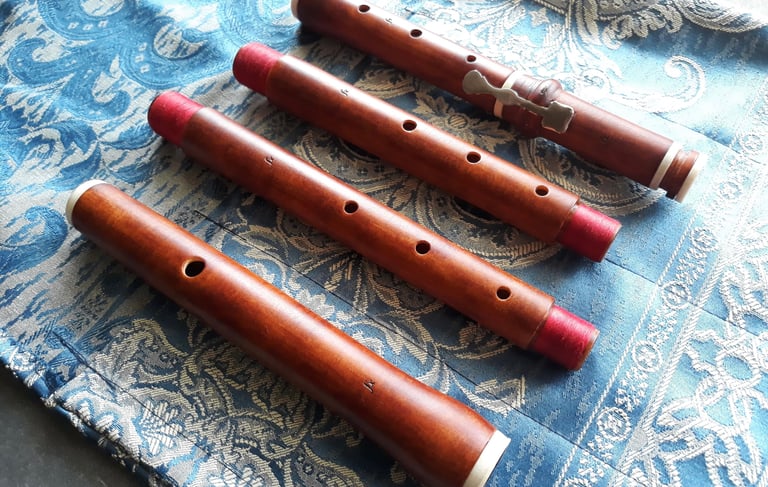

D. Biglioni Classical Flute
Domenico Biglioni was active in Rome between the late 18th and early 19th centuries. Few of his instruments are known today, but one well-preserved flute, held in a private collection in Italy, offered us the rare opportunity to document it through manual measurements and a 3D optical scan.
We accurately reproduce the original dimensions, as this flute plays at A=430 Hz — the reference pitch for much of the Classical repertoire. This offers an unusual but historically informed option for performing works of the late 18th and early 19th centuries.
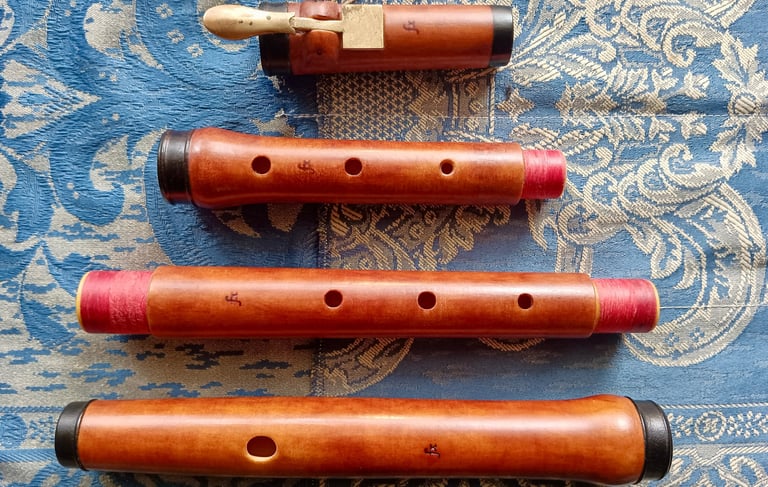

J. Keller Classical Flute
Jean Keller was already active as a woodwind instrument maker by the time of his marriage in 1765, and he likely continued his work until his death in 1785. Only a handful of his flutes have survived, including a remarkable example featuring four middle joints, made around 1780 and now held in a private collection in Japan.
As part of his doctoral research on Antonio Lorenzoni’s flute method—Lorenzoni himself played a flute by Keller—Enrico Coden arranged for the instrument to be CT scanned, enabling highly accurate study and reproduction.
The four middle joints correspond to pitches of approximately A=415, 420, 425, and 430 Hz. While it seems that the 420 Hz joint offers the best overall balance, the flute maintains a strong, agile tone across all registers at both 415 and 430 Hz, making it a versatile and practical choice for performing both late Baroque and Classical repertoire at the common pitch standards.
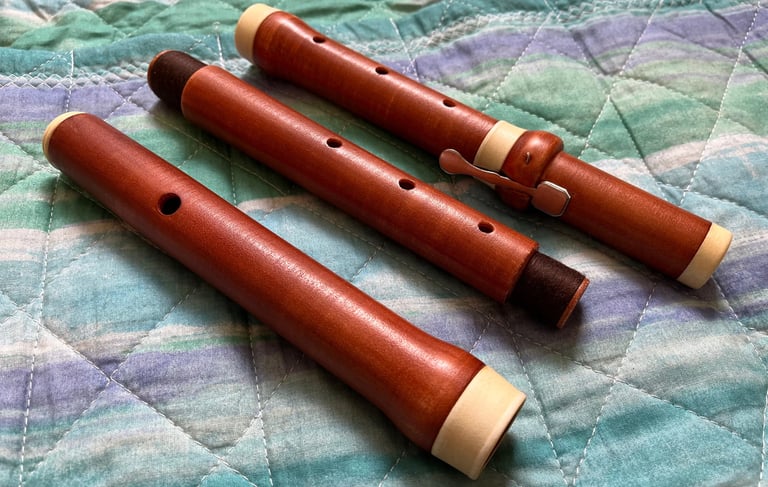

J. H. Rottenburgh Baroque Piccolo
Only a handful of piccolos from the first half of the 18th century have survived, despite the instrument’s appearance in orchestral repertoire of the time—particularly in French music, such as that of Rameau.
To address this gap, we selected an original by Joannes Hyacinthus Rottenburgh, made in Brussels around 1740 and now preserved in the Musikinstrumenten-Museum, Berlin (No. 2654). Our reproduction is based on technical drawings of this instrument and is available in two pitch standards: A=415 Hz for baroque and A=430 Hz for classical repertoire.
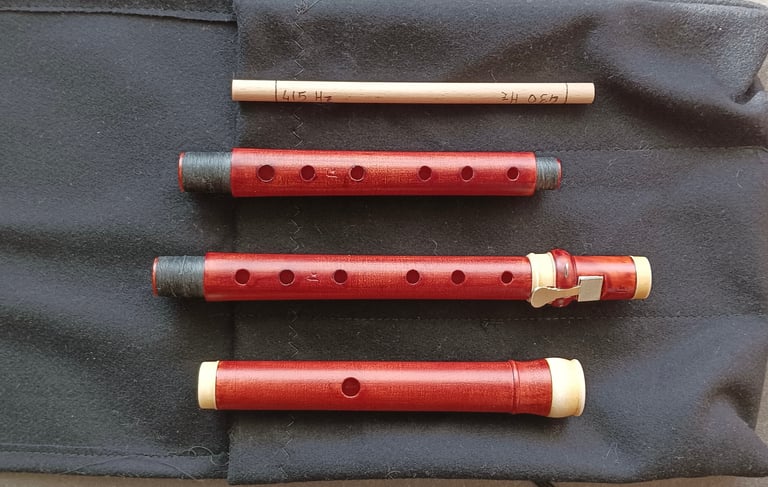

C. A. Ferreri (Dejardin) Flute d'Amour
Though largely forgotten today, the flute d’amour once held a notable place in musical life. As documented by Jari Puhakka, at least 123 originals and 193 compositions featuring it survive, including solo works by composers such as Telemann and Graupner, attesting to its historical significance.
Our reproduction is based on an original by Carlo Antonio Ferreri (also called “Deiardin”), made in Turin around 1730, now in a private collection in Italy. The instrument was documented through direct manual measurements and 3D optical scans, allowing us to closely capture its geometry and acoustic profile.
This model offers a faithful rendering of the deep, mellow, and nuanced tone that gives the flûte d’amour its uniquely expressive character among historical flutes.
